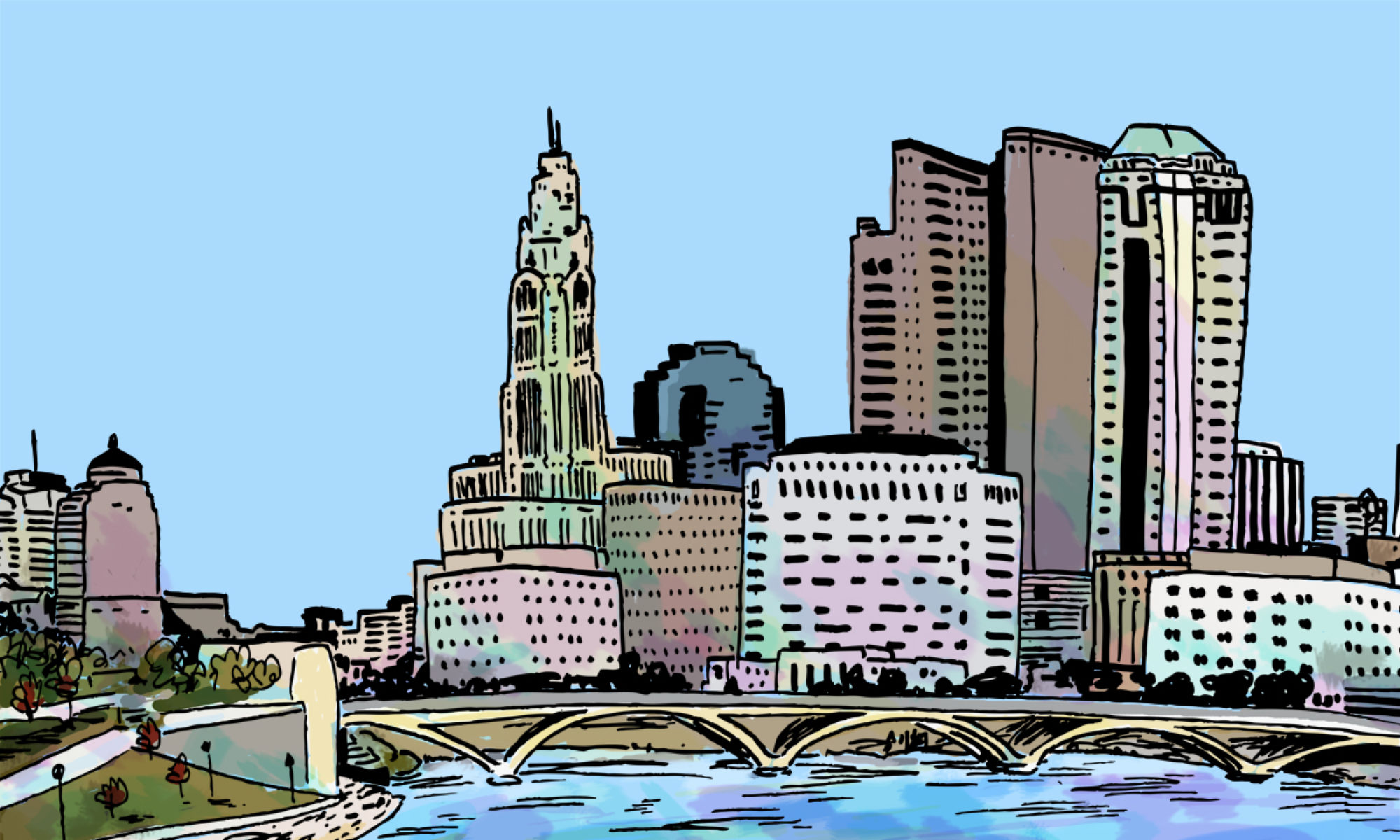Do you have an idea that’s been living in your head, but requires some help bringing to life? Perhaps it’s a cartoony children’s book with an all-ages appeal. Maybe you need a sprawling futuristic world rendered in an epic graphic novel. Perhaps even the creation of a fledgling superhero universe with a full cast of characters. Whatever your plan, here are a few tips to help you find and hire an artist that fits your project.
Step One – You’re going to need a script. This has to be as finished a product as possible in order to have an understanding of how much art your finished product will require. In addition to crafting the scenes and dialogue, your script will also need to describe the illustrations in detail. If you have a close relationship with an artist already, you may depend on them to do a lot of the creative legwork. However, the less detail and direction you provide, the more that work will land on the shoulders of your partner. The goal is to create a balance in which you both feel comfortable.
Step Two – Plan a scope of work. To find the right artist, you’re going to need to know what skills they provide and how many people you’ll need on your team. For comics, there are several different roles including pencils, inks, coloring, and lettering. If you have an artist that just does pencils and inks, you’ll need to also find someone to do colors and lettering. The more work you are asking of someone, the more you can expect to pay.
Step Three – Create a budget. Now that you know how many illustrations you’re going to need, you can identify how much the production of your book will cost. Artists are often vastly underpaid for the tremendous amount of work they do. You are contracting a service just like an electrician or a plumber and, as it is in any industry, it’s unprofessional to ask people to work for free. There are certainly avenues you can take if you simply want to collaborate on a project for fun. However, if you want to be seen as taking a project seriously, having a budget and page rate in mind will help attract others as serious as you.
Step Four – You have your script, you know what skills you need from an artist, and you know how much you can pay them. It’s time to put a call out for submissions. There are several Facebook groups you can find devoted to finding an artist. There are also sites that still have bulletin boards where you can post for job openings including penciljack.com, zwol.com, and digitalwebbing.com. Your ad must contain contact information, a short description of the work (for example, a 24 page sci-fi story), and the skills and style you’d like to see. Another approach is to find an artist you like on Instagram or DeviantArt and ask if they are interested in collaborating. You can even go to a local convention and hire an artist who’s work you admire. You may be surprised at what you find.
Step Five – You’ve combed through the submissions and found someone that fits the style you’re looking for. It’s time to hire them. Though it isn’t always necessary, this is often best accomplished with a contract. There are several templates you can use from Google. It is typically expected to negotiate price to something both you and the artist can be happy with. As with any person you meet on the internet, do not pay everything upfront. The artist also does not know you and it’s not unfair for them to ask for some sort of payment upfront before starting their work. I recommend that you start cautiously and gradually build trust. The first payment should be small and nothing you couldn’t stand to lose. As momentum builds and art starts to steadily come in, do your best to make payments in a timely manner.
Unfortunately just like in every relationship, lack of communication can lead to frustration and arguments. Do your best to be upfront with your expectations. Praise the artist when the work is on point and politely request changes when needed. If you (or the artist) are going to be delayed for any reason, it’s always best to make sure everyone is aware well before the deadline is due.
Working with an artist, to see your vision executed through the hands of another, can be one of the most rewarding experiences a writer can have. By adding their own vision, together you can create a new world that is thrilling to both the mind and the eyes. Additionally, collaborating with others introduces you to people and lifestyles that you’re unfamiliar with, making you not only a better writer, but a better person. In the end, all of the hours of work will be worth it when you’re holding the finished product in your hands. Happy Hunting!
